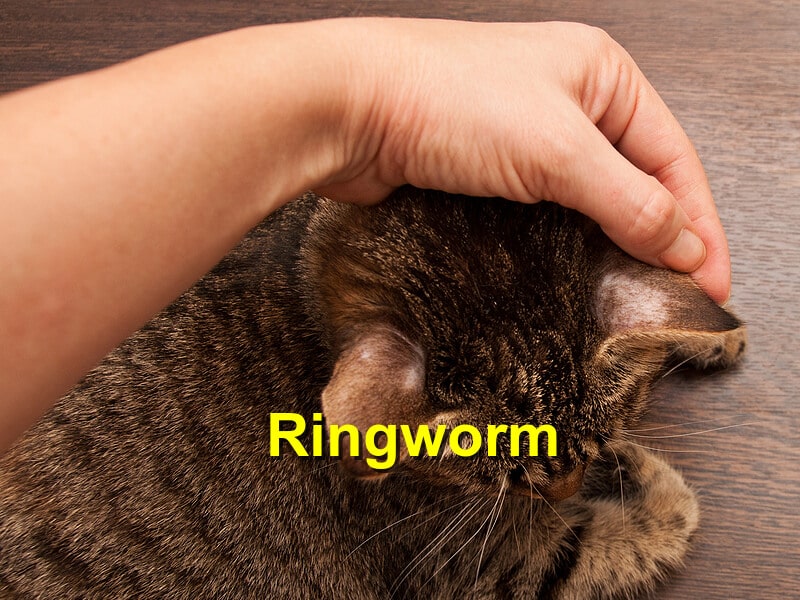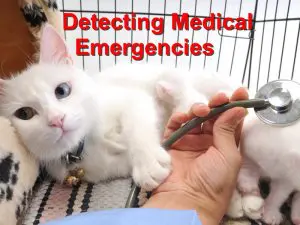Demystifying the Nexus between your Pet and Dermatophytosis
Ringworms are without a doubt one of the most common fungal-based infection that pet owners are likely to encounter. However, it is interesting to know that the ring-like circular lesion that is associated with dermatophytosis is not caused by any type of worm in the first place. That said, it is a zoonotic disease that can be passed back and forth between humans and your furry friends.
1. Animals with Underlying Comorbidities are more Susceptible to Dermatophytosis
Research shows that animals with underlying illnesses are among the most susceptible to ringworms. And considering that an animal can become infested by dermotophytes simply from close contact with another infected person or animal, it advisable to exercise caution when handling animals with such comorbidities. What’s more, there are also certain breeds of pets such as Yorkshire terriers, Jack Russels and Himalayan cats that tend to be naturally predisposed to developing infestation.
2. It is important to know the symptoms
Dermatophytosis is one of the most common causes of hair loss, alopecia, hyperpigmentation, lesions outbreaks and reddened skin. You should also be wary if your pet suddenly develops a poor hair coat, papules, scabs and circular areas of baldness.
3. See a Veterinarian urgently if you encounter the Symptoms of Dermatophtytosis
Since ringworm is capable of spreading quickly all over the pet’s body or onto other animals, it’s vital that you schedule an appointment with us within the shortest time possible for a proper checkup/diagnosis. One of the common methods that we use to diagnose a possible ringworm infestation is by passing a florescent lamp over the animal’s coat looking for glowing ingrown hair shafts. We also perform comprehensive fungal culture for inspection to rule out the possibility of a misdiagnosis.
4. Oral Medication and Therapy is Recommended to Curtail the Spread of Infection
Treatment of ringworms will typically involve the application of topical antifungal-based agents, oral medication, and subsequent therapy. It is important to also consider treating other animals and pets in the household (even if they do not exhibit any symptoms) to curtail further spread of infection or a possible outbreak in the future.
Sources: Msdvetmanual, Msdvetmanual, Onlinelibrary




